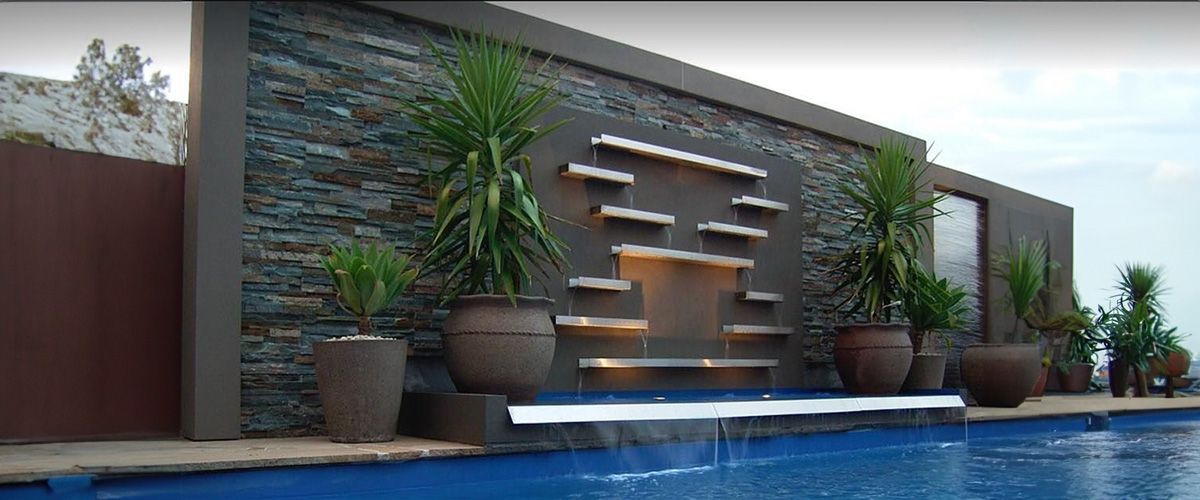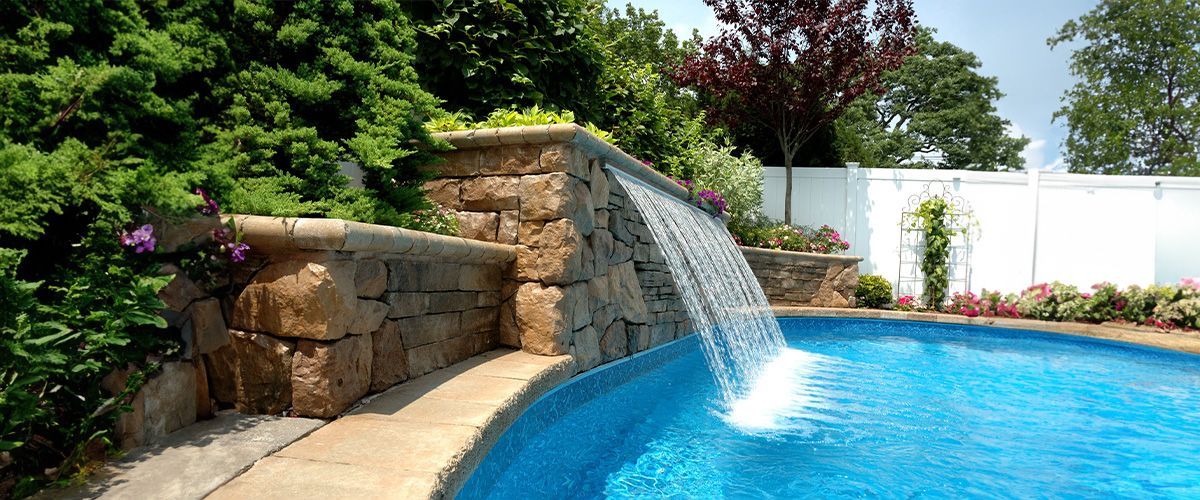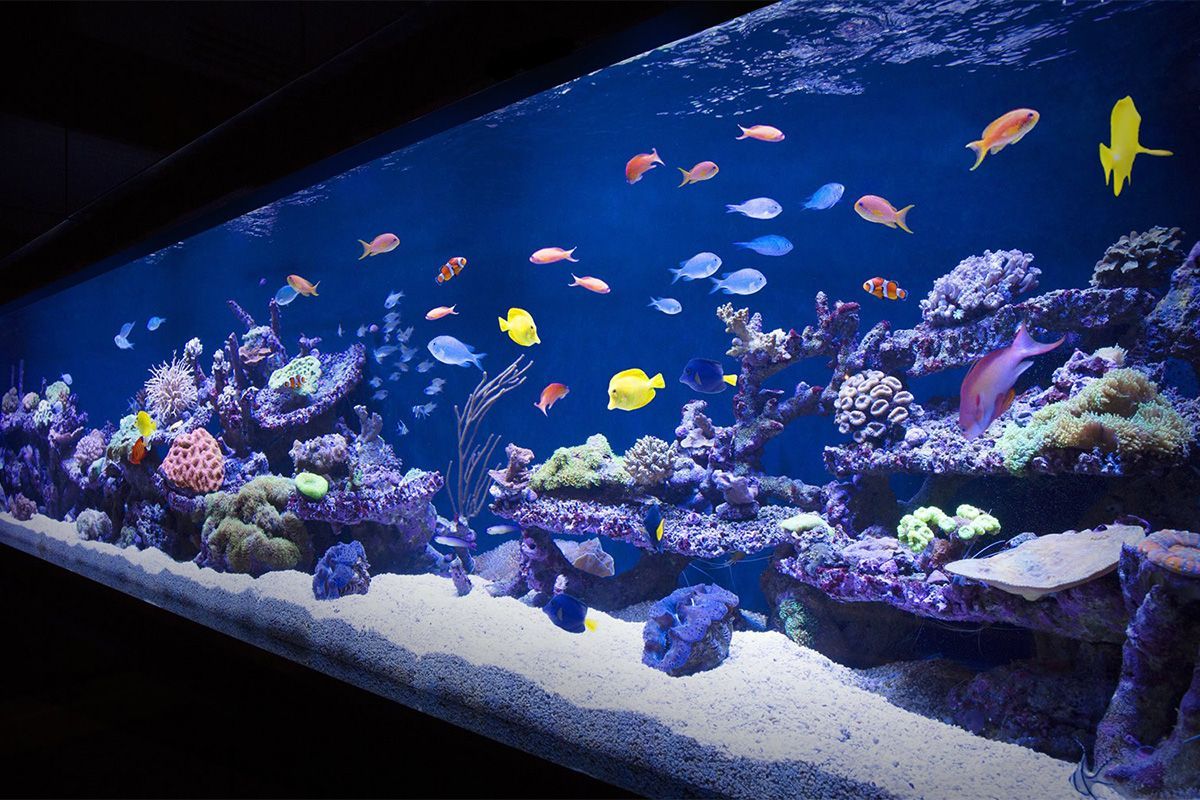What are the 10 principles of landscape design?
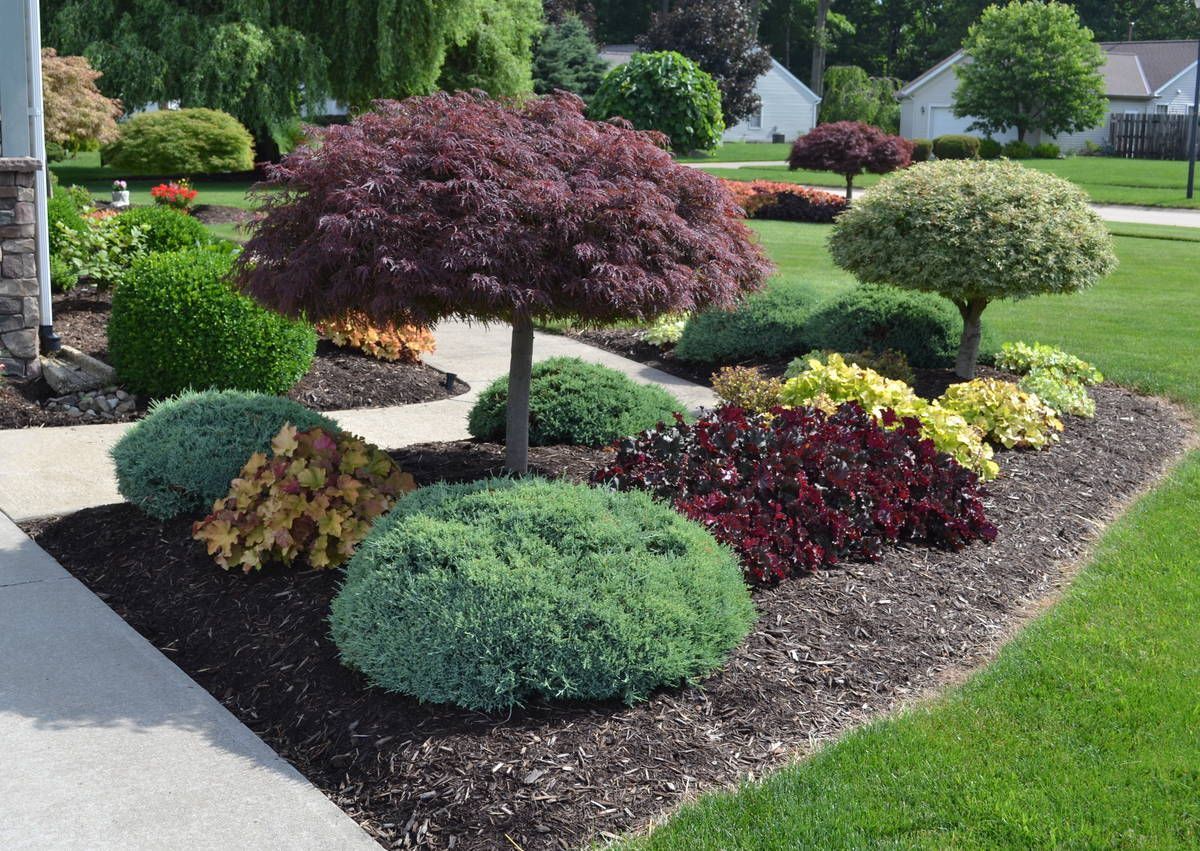
Slide title
Write your caption hereButton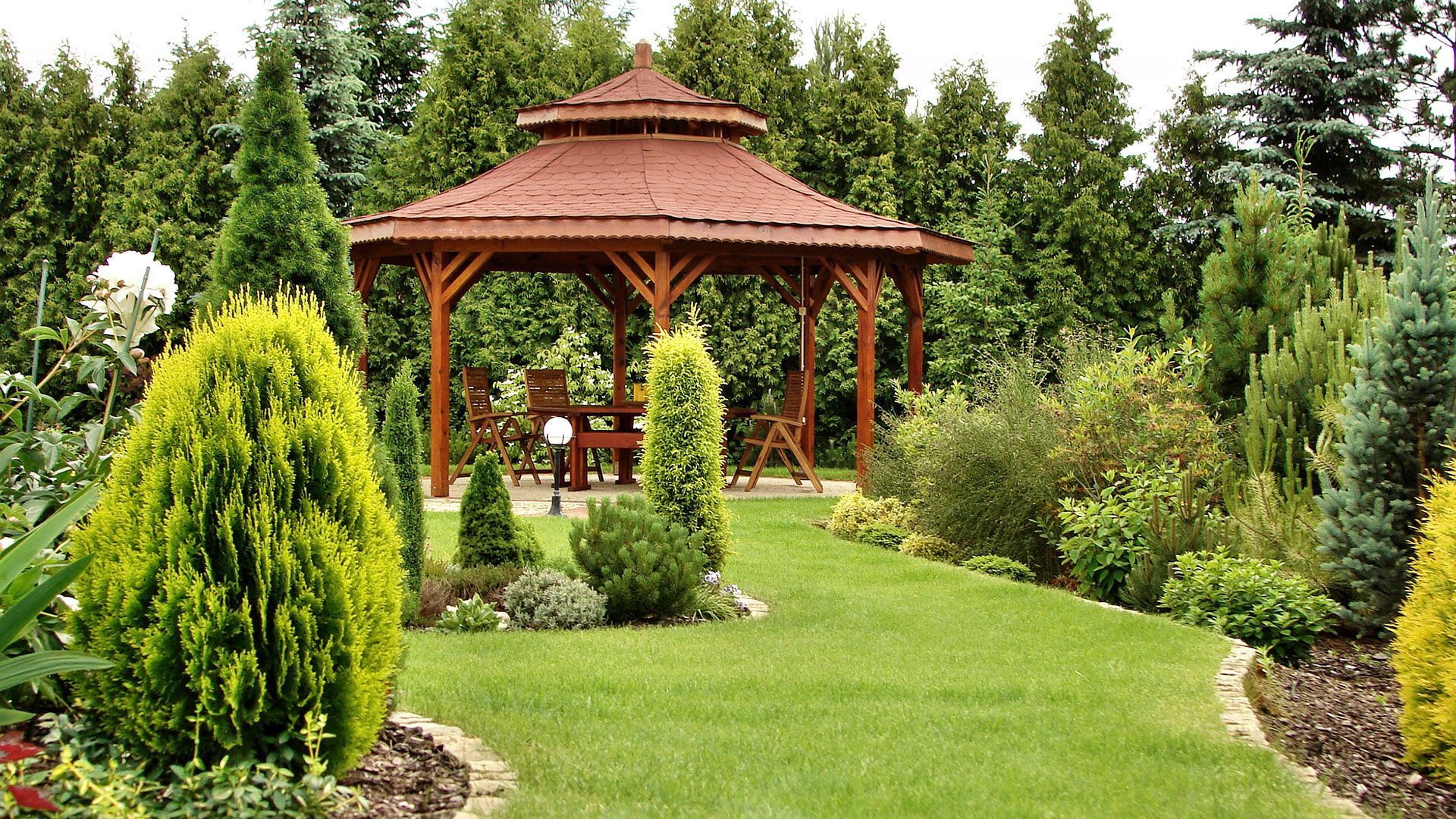
Slide title
Write your caption hereButton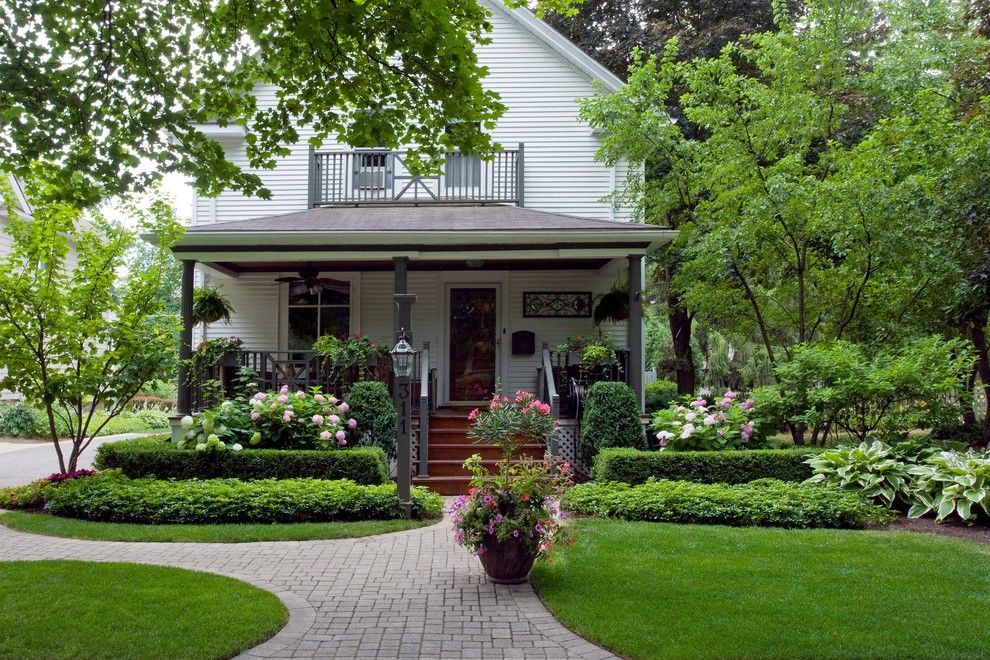
Slide title
Write your caption hereButton
(Podcast Episode) What are the 10 principles of landscape design?
Nature's beauty can inspire and uplift us, and there's no better way to experience that beauty than by spending time in a well-designed outdoor space and garden design. Whether you're strolling through a public park, relaxing in your backyard garden, or watching your children play on a playground, a well-designed landscape can transport you to another world, one that's full of color, texture, and sensory delights.
But what makes a good landscape design? How do you create a space that is not only beautiful but also sustainable? The answer lies in the landscape design principles, a set of guidelines that can help you create an aesthetically pleasing and practical garden design.
In this blog, we'll explore the 10 principles of landscape design, from the importance of unity and balance to the role of texture, repetition, and color. Whether you're a gardener by hobby or a novice designer, these principles will help you create a space that is not only visually stunning but also meets the needs of the people who will be using it.
Unity
Unity in landscape design is the first principle of good landscape design. It refers to the idea that all elements of your design should work together to create a sense of harmony and cohesion. Consider how each element fits into the overall design scheme to achieve unity in your landscape. It includes things like plants, landscaping, and other design features.
- Use consistent colors throughout the space to create a sense of harmony.
- Incorporate repetition of plants and design elements to create a cohesive look.
- Consider the overall form of the area, and ensure that each piece fits together to create a unified whole.
Balance
Another essential aspect of landscape design is balance. It pertains to the notion that every constituent of your design should be proportional regarding visual significance. It means you must consider each element's size, shape, and color and how it interacts.
- Use significant, high-scale elements to balance out more minor details in the space.
- Consider the visual weight of each plant and how it interacts with other plants material in the area.
- Use symmetry to create a sense of balance in the space.
Focal Point
A focal point is an essential part of any good landscape design. It draws the eye and creates a sense of visual interest in the space. Your focal point could be a sculpture, a water feature, or even a particularly striking plant.
- Consider the placement of your focal point and how it interacts with other elements in the space.
- Use color and texture to draw attention to your focal point.
- Ensure that your focal point is in keeping with the overall design scheme of the area.
Repetition
Repetition is an essential principle of landscape design theory. It refers to the use of similar design elements throughout the space to create a sense of consistency and cohesiveness.
- Use repetition of plants, colors, and other design elements throughout the space.
- Consider the overall form of the area and how repetition can help to create a sense of unity.
- Be careful to use repetition sparingly, which can become dull and monotonous.
Rhythm
Rhythm is an essential principle of landscape design theory. It refers to how the eye moves through the space and how the different design elements create a sense of movement and flow.
- Use lines to create a sense of movement in the space.
- Consider the placement of plants and other design elements to create a natural flow through the area.
- Use repetition and variation to make sense of rhythm and movement.
Scale
Scale is an essential consideration in any landscape design theory. It refers to the size of the design elements of the overall space.
- Use large-scale elements to create a sense of drama and impact in the garden design space.
- Consider the size of the area and how it relates to the size of the design elements.
- Use different scales of plants and other design elements to create visual interest in the space.
Proportion
Proportion is closely related to scale but refers to the relationship between different design elements in the space.
- Consider the proportion of different elements in the space and how they interact.
- Use different sizes and shapes of plants to create a sense of proportion and balance in the space.
- Utilize the guideline of dividing your image into equal thirds to lead your creative choices and ensure that all pieces in the space are appropriately balanced.
Variety
Variety is an essential principle of landscape design theory, as it helps to create visual interest and prevent the space from becoming boring or monotonous.
- Use various plants with different textures, colors, and shapes to create visual interest in the space.
- Incorporate different designs, such as water features, seating areas, and pathways, to create a sense of variety and interest.
- Use variety sparingly, as it can become overwhelming and chaotic.
Texture
The texture is an often-overlooked element of landscape design theory, but it plays a vital role in creating a sense of depth and interest in the space.
- Use plants with different textures, such as soft, fuzzy foliage or rough, textured bark, to create a sense of depth and interest in the space.
- Consider the texture of landscaping elements, such as rocks or paving stones, and how they interact with the plants in the space.
- Use the contrast between different textures to create a sense of visual interest in the space.
Object and Negative Space
Object and negative space refer to how the different design elements in the area interact with the space around them. It can be essential when designing playgrounds or other areas for children.
- Consider how the design elements in the space interact with the area around them.
- Use lines and other design elements to create a sense of movement and flow through the space.
- Take into account the utilization of the area as well as the ability of the garden design to establish a feeling of security and ease for children.
Some other principles to keep in mind:
Color
Color is an important consideration when designing a landscape, as it can evoke different moods and emotions in those who experience it.
- Use color to make sense of unity in the garden design by choosing plants and landscaping elements that complement each other.
- Use contrasting colors to create a sense of drama and interest in the area.
- Consider the color of structures and other elements in the space and how they interact with the surrounding landscape.
Sustainability
Sustainability is increasingly important in landscape design theory as more people seek ideas to create beautiful, environmentally responsible outdoor spaces.
- Use native plants and other sustainable landscaping practices to reduce water usage and create a more environmentally friendly space feel.
- Consider incorporating rain gardens, roofs, and permeable paving to help manage stormwater runoff and reduce environmental impact.
- Choose materials for landscape elements that are locally sourced and have a low environmental impact.
Solid Void
- Solid void is an important principle in landscape design that refers to the use of contrasting materials and spaces to create visual interest.
- One way to create a solid void in a landscape design is to use hardscape elements such as walls, paths, and structures to define spaces and create a sense of enclosure.
- Another way to create a solid void is to use plants and vegetation to create patterns and textures that contrast with open spaces or built elements.
- Solid void can also be used to create visual focal points in a landscape design, drawing the eye to specific areas and creating a sense of movement and flow.
Accessibility
Accessibility is essential in landscape design theory, ensuring that individuals of all abilities and ages can enjoy and use the space.
- When planning the design elements of a space feel, it's essential to consider how people with mobility issues or disabilities will use the area. It is necessary to implement modifications to ensure the space is accessible and enjoyable for all individuals.
- Ensure that pathways are wide enough to accommodate wheelchairs and other mobility aids.
- Consider incorporating features such as raised garden design beds and seating areas that are easily accessible for people with limited mobility.
Maintenance
Maintenance is essential in landscape design theory, ensuring the space feel remains beautiful and functional over time.
- Choose plants and other design elements that are well-suited to the local climate and require minimal maintenance.
- Consider the long-term maintenance needs of landscape elements such as fences, decks, and patios.
- Develop a maintenance plan that includes regular watering, pruning, and other tasks to keep the space looking its best.
Privacy
Privacy is essential in landscape design, particularly in urban or suburban settings with neighbors nearby.
- Use plants, hedges, and other landscaping elements to create a sense of privacy and seclusion.
- Consider the height and placement of fencing and other structures to maximize privacy without detracting from the space's overall aesthetic.
- Incorporate pergolas, trellises, and other structures that provide shade and privacy while adding visual interest to the garden design.
FAQs:
Why are landscape design principles important?
The landscape design principles provide a framework for creating a beautiful and functional outdoor space. Following these criteria will help ensure your arrangement is well-balanced, visually appealing, and satisfies the user.
How do landscape design principles apply to different types of outdoor spaces?
The landscape design principles apply to various outdoor spaces, from private gardens to large public parks. While the specific details of your design may vary depending on your space's size, purpose, and location, the principles of good design remain the same. By considering factors such as unity, balance, proportion, and sustainability, you can create a beautiful and functional space feel, no matter what type of outdoor space you are working with.
Final Verdict:
Landscape design principles are essential for creating a beautiful, functional, and sustainable garden design. By considering elements such as unity, balance, focal point, repetition, rhythm, scale, proportion, variety, texture, color, sustainability, accessibility, maintenance, and privacy, you can create a space that is not only visually stunning but also meets the needs of the people who will be using it.
Whether you're designing a garden design for your home, a playground for children, or a public park for your community, these 10 landscape design principles can help you achieve your goals. By carefully considering your space's unique features and challenges and using the principles of good design to guide your decisions, you can create a functional and beautiful space feel.
You might also like
Blogs
Book a Service Today
We will get back to you as soon as possible
Please try again later
You will not find a landscape design and construction company that is more passionate,
focused and dedicated to exceeding your highest expectations!
See what our customers are saying!
All Rights Reserved | Luck Landscaping LLC

